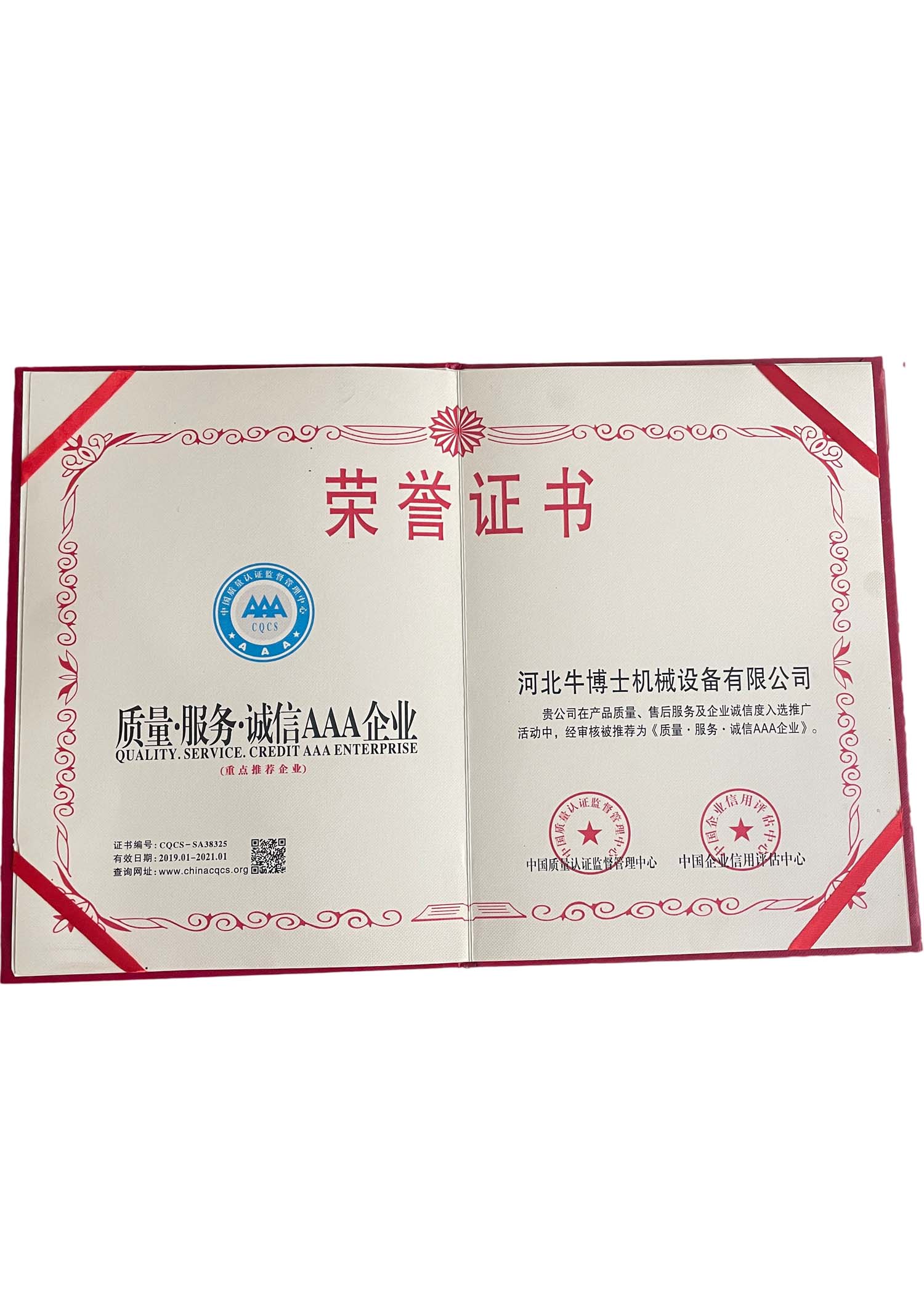Compact rice harvesting machine for small-scale farmers and efficient crop collection
The Rise of Small Rice Combine Harvesters Transforming Agriculture
In the vast tapestry of agricultural innovation, few developments have been as impactful as the advent of small rice combine harvesters. As rice remains one of the world’s most important staple foods, particularly in Asia where it feeds billions, the way in which it is cultivated, harvested, and processed is crucial to food security and agricultural efficiency. Small rice combine harvesters are revolutionizing traditional farming practices, making rice cultivation more efficient, sustainable, and accessible for smallholder farmers.
Understanding Small Rice Combine Harvesters
Small rice combine harvesters are compact, versatile machines designed specifically for the tasks of cutting, threshing, and winnowing rice. Unlike their larger counterparts, these machines are lightweight, easier to maneuver, and suited for the narrow and secluded fields often found in rural settings. They can significantly reduce the laborious process of harvesting rice, which traditionally involved manual labor and considerable time.
On average, small rice combine harvesters can harvest up to 1 acre of rice in just a few hours, a process that could take days if performed manually. This substantial increase in efficiency enables farmers to minimize losses associated with over-ripening or adverse weather conditions, ensuring better yield and quality.
Advantages for Smallholder Farmers
The introduction of small rice combine harvesters is particularly transformative for smallholder farmers, who typically cultivate less than two hectares of land. In many developing countries, these farmers play a vital role in food production yet often lack access to efficient harvesting tools. The affordability and practicality of small rice combine harvesters make them an essential asset.
1. Cost-Effectiveness While the initial investment in a small rice combine harvester can be significant, the long-term savings on labor costs and time are compelling. Farmers can harvest their crops faster and with fewer workers, which is particularly beneficial in regions where labor scarcity is an increasing issue.
2. Enhanced Productivity The ability to harvest rice more quickly not only prevents loss but also allows farmers to allocate their resources efficiently. More harvests can be achieved in a season, leading to increased overall productivity and, consequently, higher income.
small rice combine harvester

3. Improved Grain Quality Small rice combine harvesters are designed to minimize damage to the grains during the harvesting process. The precision and speed of these machines help in maintaining the integrity of the grain, which is vital for both market value and food quality.
4. Sustainability The modernization of rice farming through the use of combine harvesters contributes to sustainable agricultural practices. Higher efficiency leads to reduced greenhouse gas emissions from machinery, and the decreased need for labor can help alleviate the burden on rural families who often endure grueling working conditions.
Challenges and Solutions
Despite the myriad benefits, the adoption of small rice combine harvesters is not without challenges. The high initial cost remains a barrier for many farmers. Additionally, the need for proper maintenance and technical training can deter farmers from investing in these machines.
To address these issues, governments and non-governmental organizations (NGOs) are stepping in to provide affordable financing options and establish training programs. These initiatives educate farmers on the operation and maintenance of the machinery, ensuring that they can fully leverage the benefits of modern harvesting technology.
Moreover, community-based programs can facilitate shared ownership of these machines, allowing multiple farmers to pool their resources. This cooperative approach not only makes the investment more manageable but also fosters community bonds and collective growth.
Conclusion
The emergence of small rice combine harvesters marks a significant shift in the landscape of rice farming, particularly for smallholder farmers in developing nations. By enhancing efficiency, increasing productivity, and improving grain quality, these machines are transforming traditional agricultural practices into modern, sustainable ones. While challenges remain, the proactive measures being taken to address barriers to adoption point towards a future where small rice combine harvesters can play a crucial role in achieving food security, economic stability, and sustainability in rice production. As we look to the future, the integration of technology in agriculture will continue to hold the potential to reshape farming practices, improve livelihoods, and feed an ever-growing global population.
Latest news
-
Wheat Reaper: Pioneer and Efficiency Enhancement of Agricultural MechanizationNewsApr.16,2025
-
The Important Role of Reaper Machine Tractor in the Field of AgricultureNewsApr.16,2025
-
The Importance of Agriculture Power Reaper During the Harvest SeasonNewsApr.16,2025
-
The Application of Reaper Binding in the Field of AgricultureNewsApr.16,2025
-
Mini Reaper Harvester: Characteristics and ImportanceNewsApr.16,2025
-
Characteristics and Importance of Forage HarvesterNewsApr.16,2025
